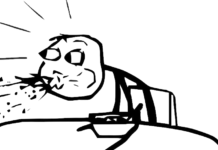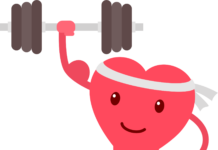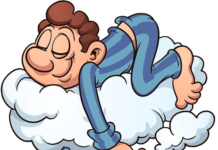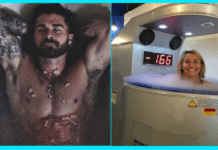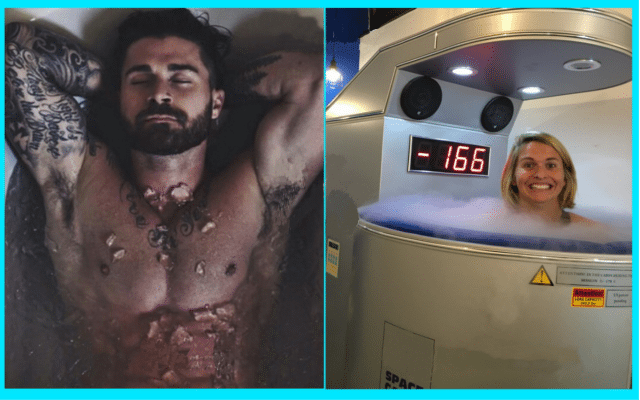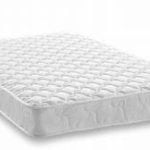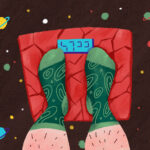Back pain is a prevalent issue that has many solutions. Mild forms of back pain can be resolved through equally moderate means, such as cutting back on intense exercise or temporarily wearing a back brace. Chronic back pain may lead to more intense relief methods like chiropractic treatment or surgery.
Passive and active physical therapies are also ways to resolve back pain. Back therapy involves taking conservative measures to resolve back pain. Unlike surgeries or even anti-inflammatory medication, the effects of back therapy are not as instantaneous, but they ultimately provide a longer-lasting relief that goes beyond the pain of the moment by strengthening your back long into the future.
Types of Back Therapy
Back pain therapy comes in two different forms: passive and active.
Passive physical therapy involves work that is done on contact with the body. This includes:
- Physical Therapy. Physical therapy can help with recovery after some surgeries. Your doctor may suggest physical therapy for injuries or long-term health problems such as arthritis or chronic obstructive pulmonary disease (COPD). Your physical therapist will examine you and talk to you about your symptoms and your daily activity. He or she will then work with you on a treatment plan. The goals are to help your joints move better and to restore or increase your flexibility, strength, endurance, coordination, and/or balance.
- Heat Therapy. When heat is placed on the affected area, it induces vasodilation, which increases blood flow in the body to deliver oxygen and nutrients. It soothes the muscles to relieve it of spasms, tension, and stiffness. Heat should be administered in the form of steamed towels, heated water bottles, or cloth-covered bags of beans or rice.
- Ice Therapy. Placing ice on pain may seem counterintuitive, but ice is a great form back pain therapy that reduces inflammations, spasms, and stiffness. Cold therapy can be done through ice packs, chilled water bottles, or compressors. Remember to cover these with a towel or cloth to prevent skin damage.
- Ultrasound Therapy. Using high-frequency waves through a probe placed on the skin, ultrasound therapy delivers back pain relief that penetrates through to the muscles and tissues. This initiates vasodilation, which opens the muscles to relieve blood and no longer cause pain. A physical therapist is required to administer ultrasound therapy for back pain.
- Electrical Stimulation Therapy. Also known as transcutaneous electrical nerve stimulation (TENS), electrical currents are applied to the muscles in order to relieve stiffness, improve mobility, and resolve pain. The currents also help stimulate endorphins and other natural pain killers for pain relief.
Active physical therapy involves exercising and strengthening activities that the patient does on their own or with the help of a trainer. This will usually commence mildly, through long walks or water aerobics. As time and healing progress, the activities may becomes more intensified to build muscles and strengthen joints, which ultimately help prevent your back from experiencing pain later on.
Using Back Therapy to Relieve Pain
Therapy is a great way to resolve back pain. Most of the procedures are non-invasive and non-addictive, making it safe to do over long periods of time with little side effects.
Most of all, back pain therapy works. In many cases, they are used as the first step to getting rid of pain, and they often end up being the only necessary step. Whether you end up using a combination of ice and heat therapy, or have a physical therapist perform TENS, back pain therapy works to resolve your back pain.




